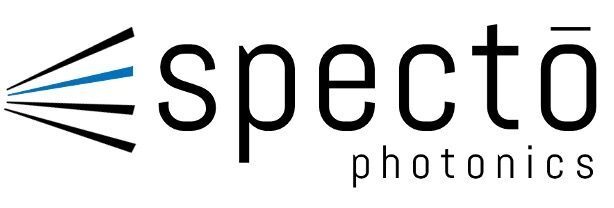Products
High-rejection BIPD filter
Brillouin spectroscopy faces challenging detection capability due to strong and unavoidable elastic background light arising from specular reflections and Rayleigh scattering. This background typically overcomes the weak Brillouin peaks, limiting the spectral investigation to samples that are mostly semi-transparent.
Our proprietary Birefringent-Induced Phase Delay (BIPD) filter provides a simple and effective solution to suppress extremely high levels of elastic background light before spectral acquisition. Being common-path and ultra-compact, our BIPD filter offers flexible implementation in different optical setups spanning from spontaneous to stimulated Brillouin microscopes. More importantly, the BIPD filter can operate across a broad range of VIS and NIR wavelengths. The ultrahigh rejection capability and robust design features make the BIPD filter an ideal choice to perform Brillouin spectroscopy even in extremely turbid samples.
Specifications
- Operating wavelengths 450 nm - 900 nm
- Insertion loss <1.5 dB*
- Free Spectral Range (FSR) 20 GHz - 200 GHz
- Extinction Ratio > 45 dB
- Working temperature 15°C to 35°C
- Dimension 10 cm x 8 cm x 17 cm
- Optical I/O *free space – fiber coupled
- Temperature Stabilization ✓
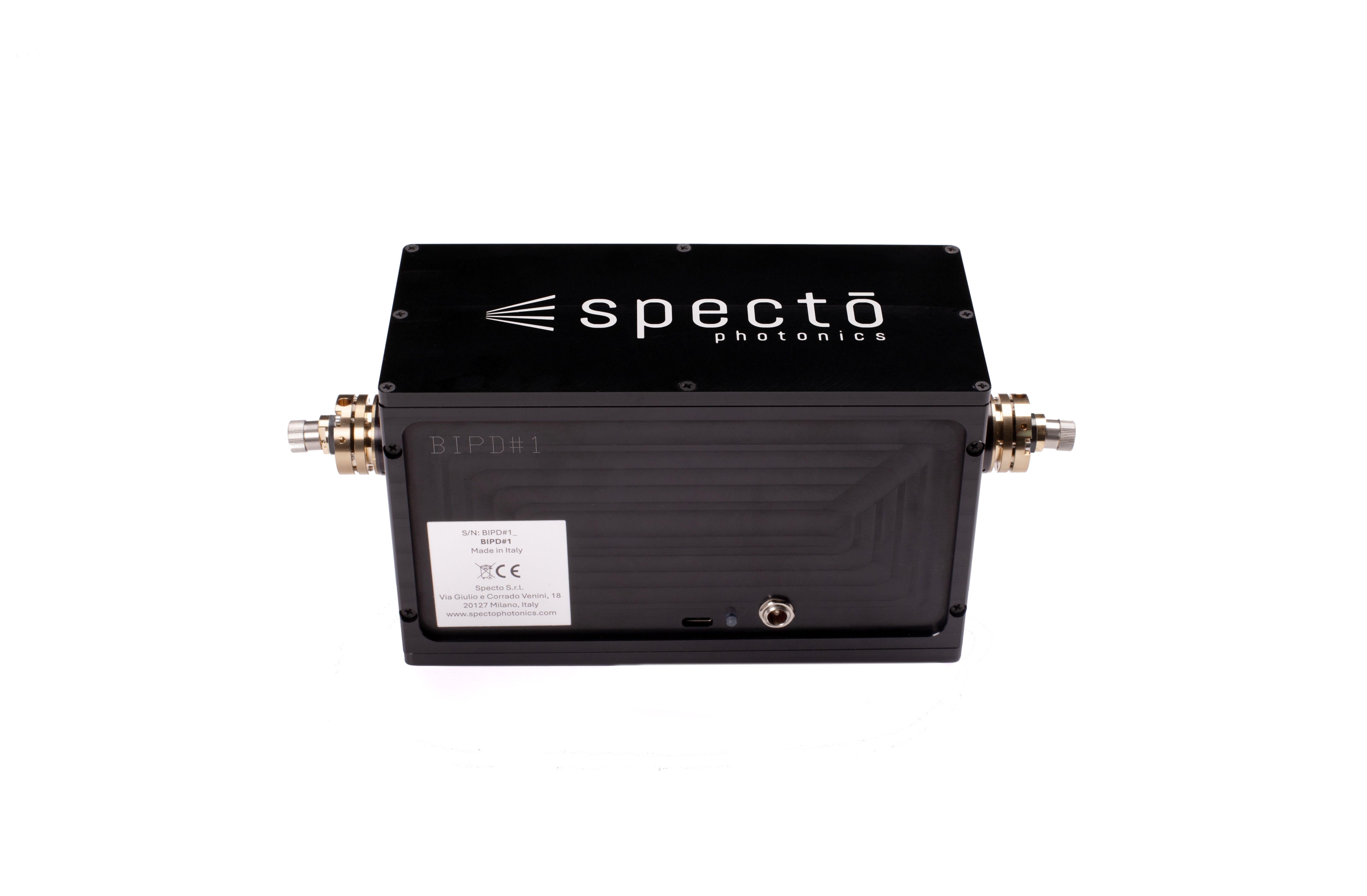
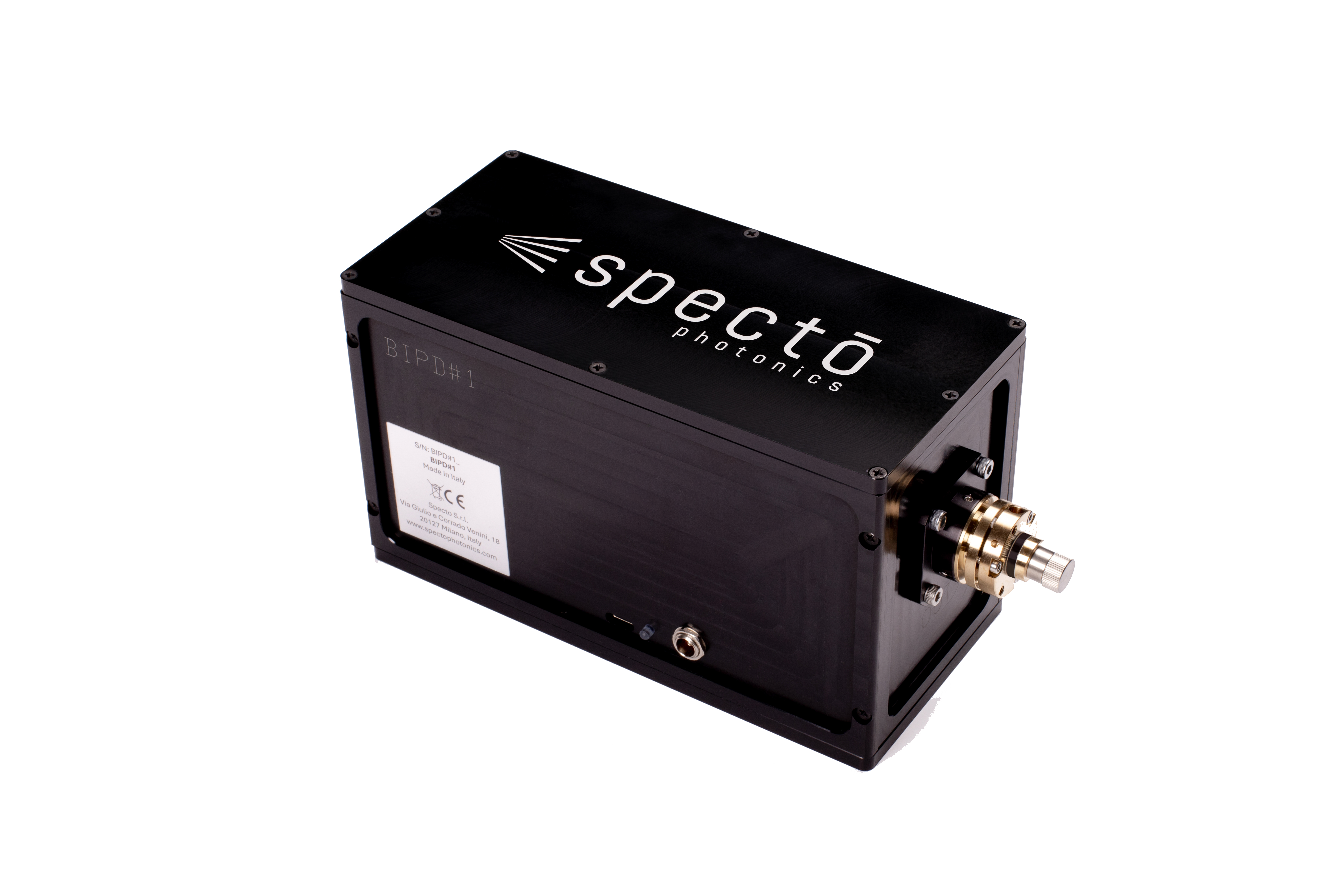
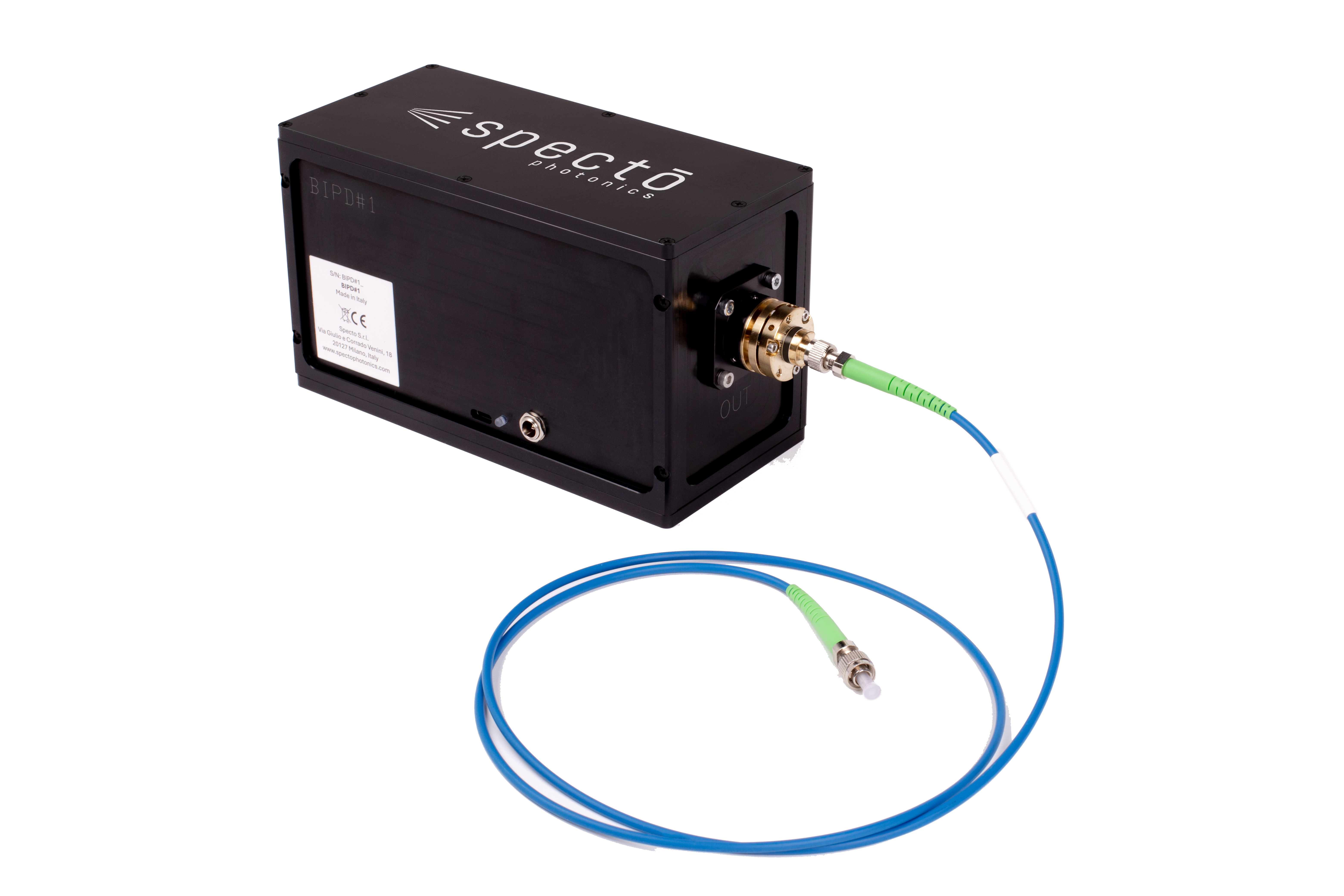
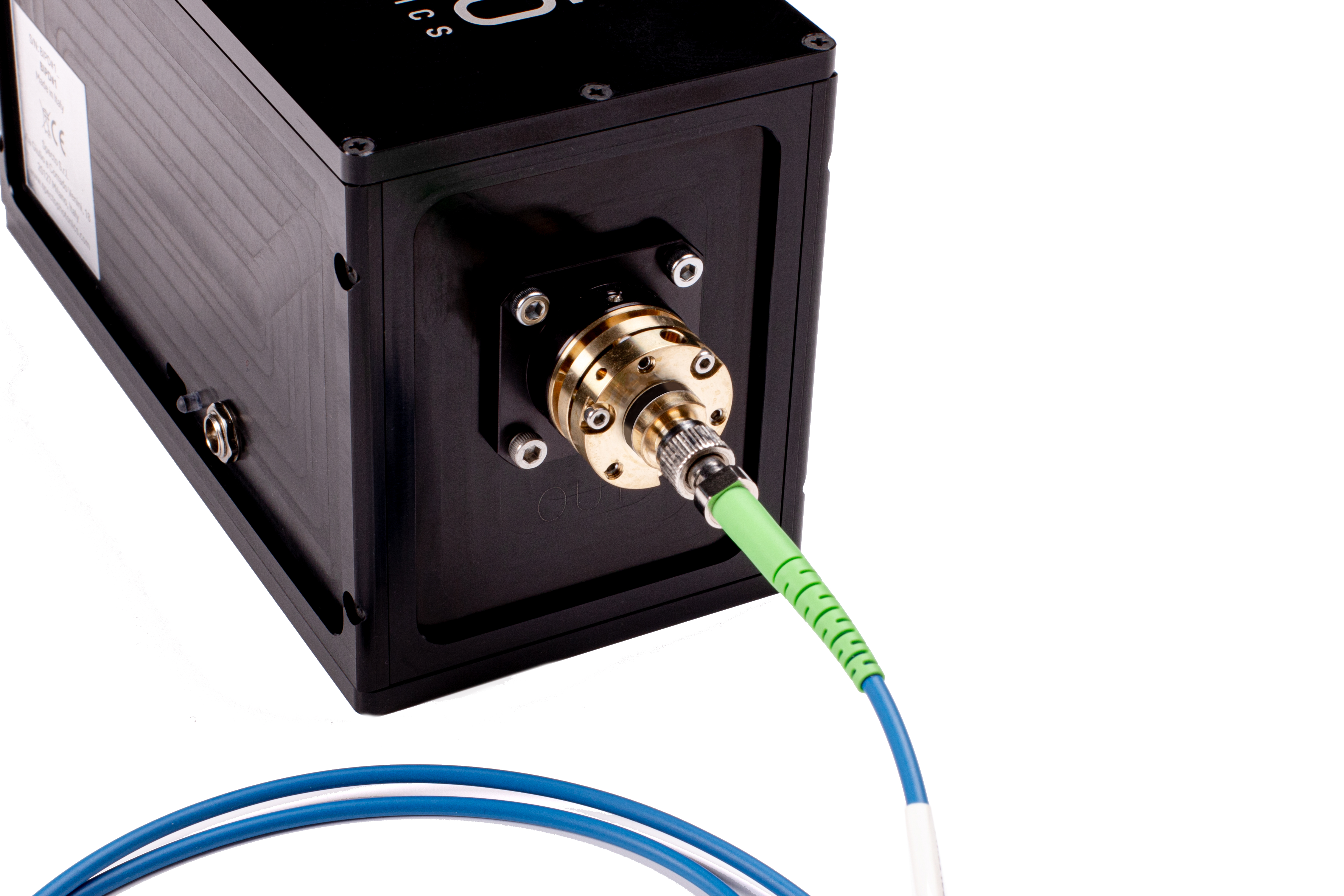
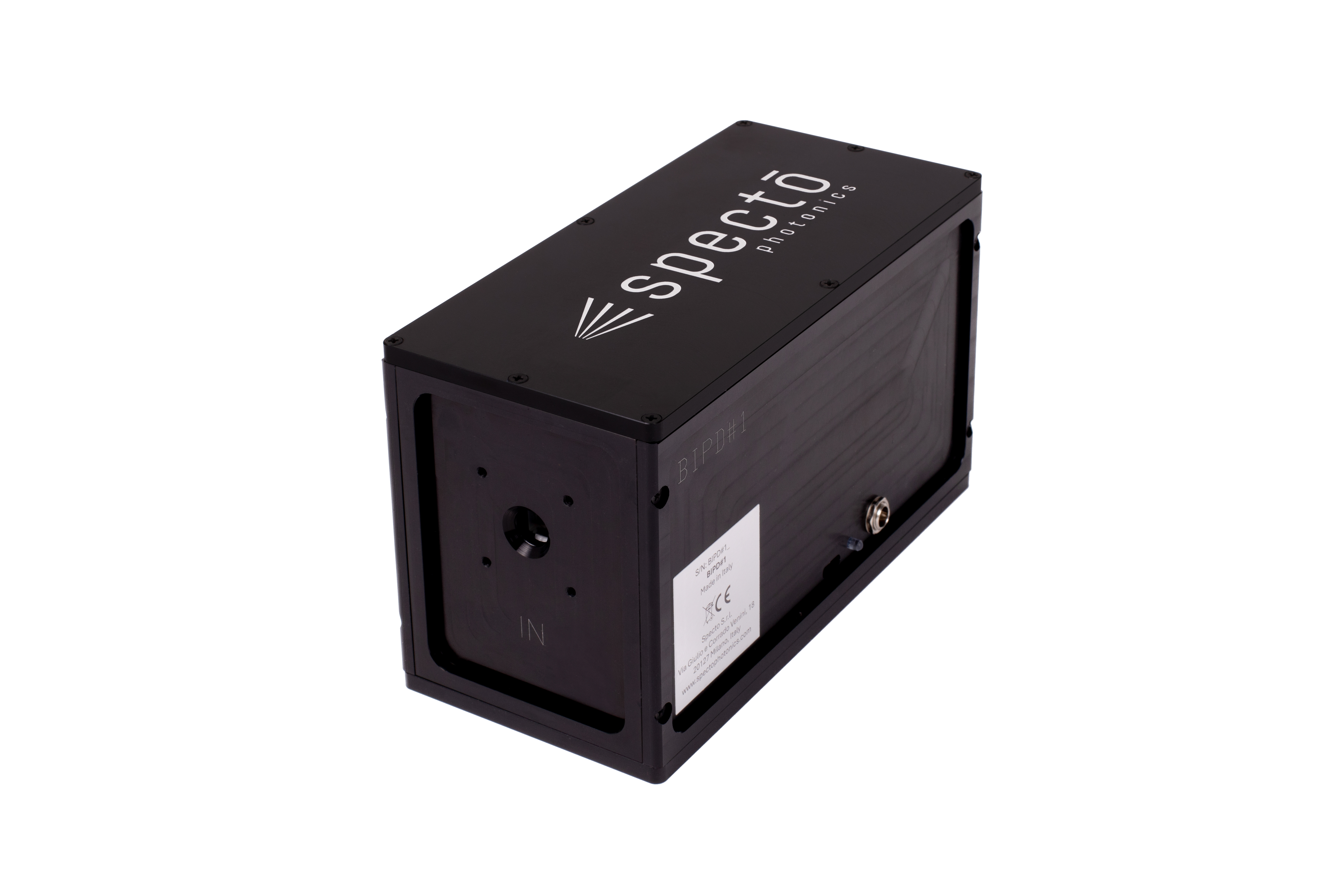
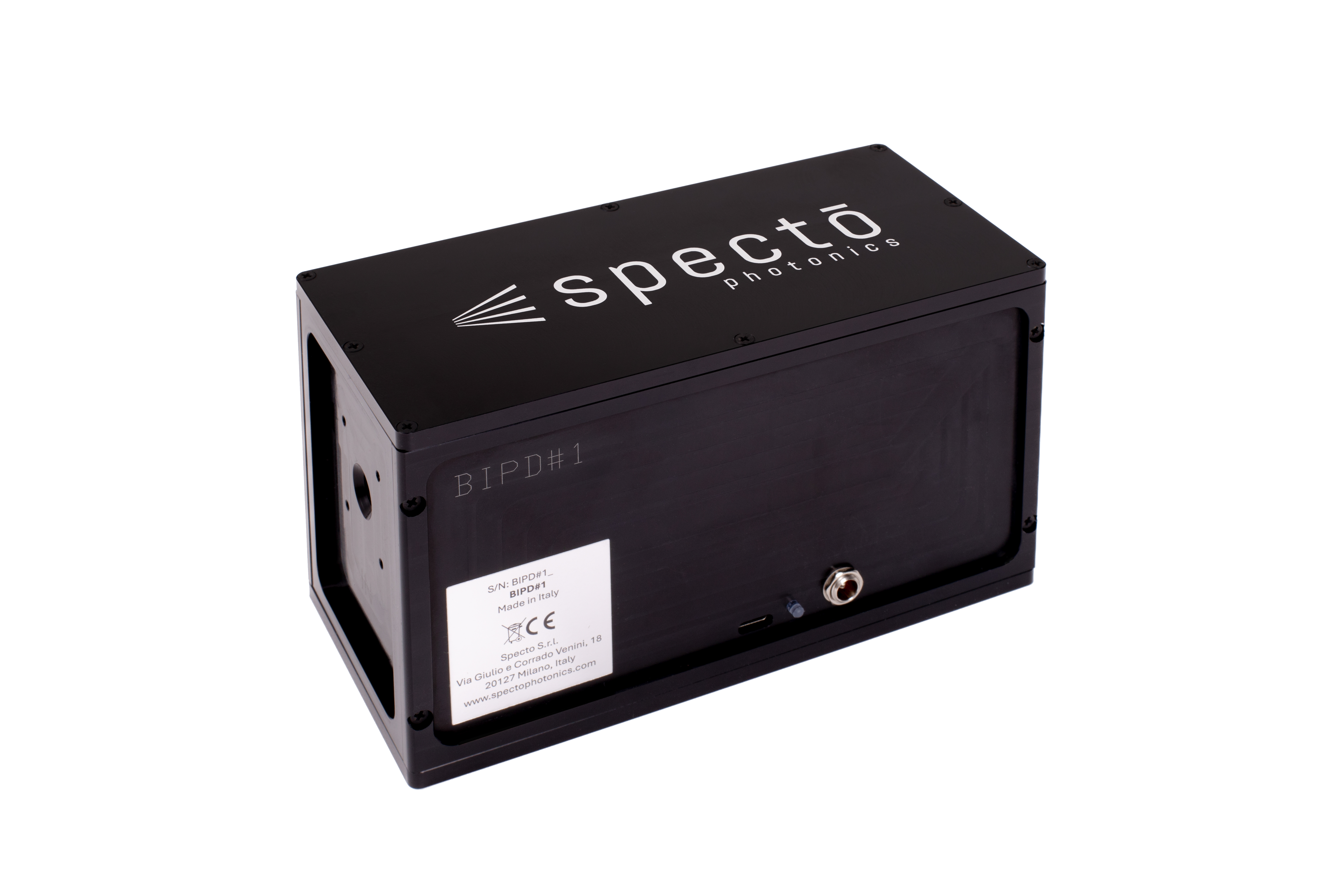
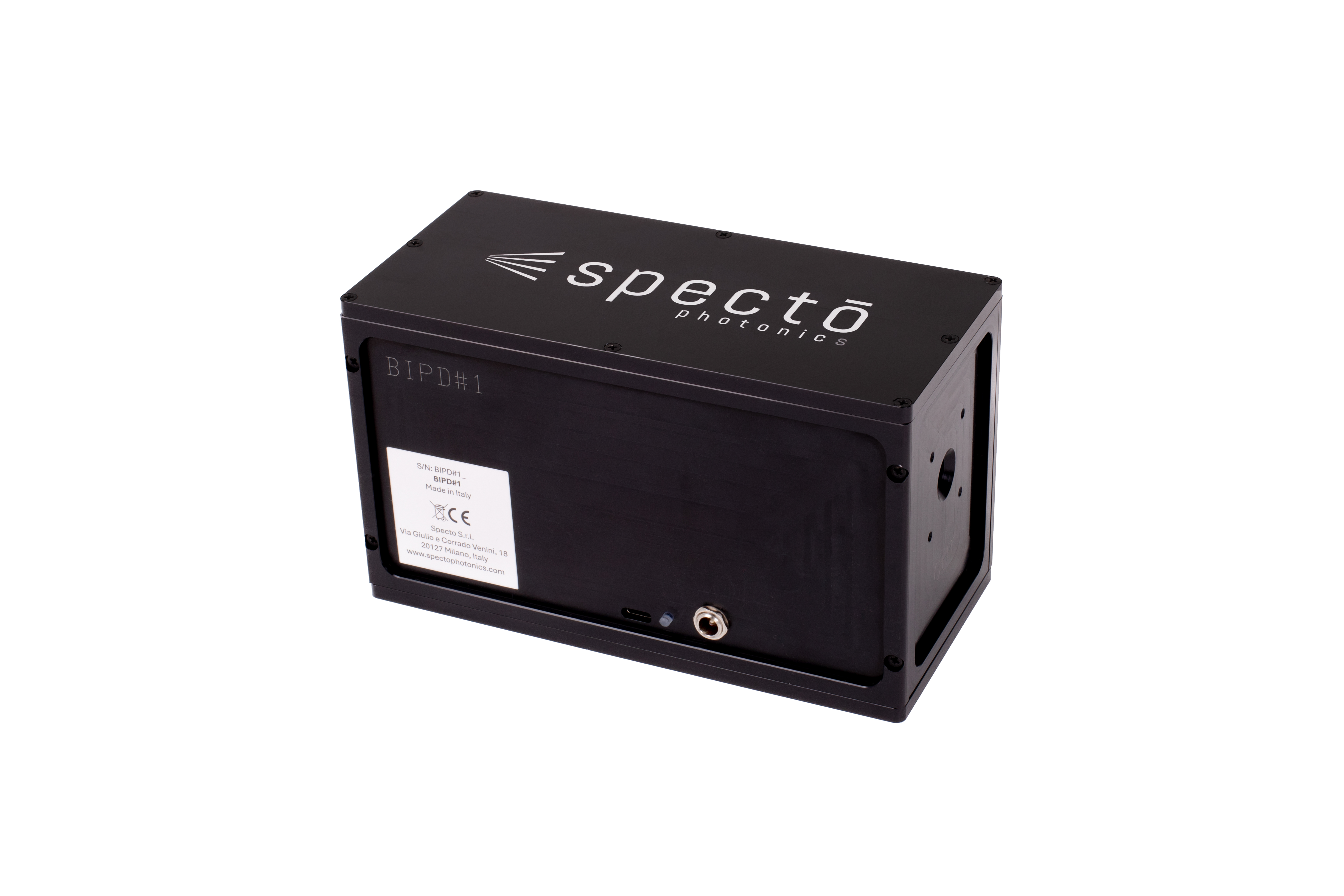
Specifications
- Operating wavelengths 450 nm - 900 nm
- Insertion loss <1.5 dB*
- Free Spectral Range (FSR) 20 GHz - 200 GHz
- Extinction Ratio > 45 dB
- Working temperature 15°C to 35°C
- Dimension 10 cm x 8 cm x 17 cm
- Optical I/O *free space – fiber coupled
- Temperature Stabilization ✓







Specto Photonics, with years of partnerships with academia and research institutes, is aware of the frequent need for customization and therefore we are committed to adapting to our customers’ unique requirements. We can customise diverse features such as FSR, operating wavelengths and fiber connection. In addition, we provide full support from qualified experts in Brillouin spectroscopy.
